You recently installed new tires on your vehicle but don't like the way the white lettering stands out. So now you want to remove the white text. But how exactly do you go about doing that? We researched some ways to remove white lettering on tires, and here's what we found.
The steps to remove white lettering on tires often depend if you're removing paint or custom stickers. Here’s a quick look at the process for removing this text from your tires:
Custom tire sticker removal:
Before you continue reading, let us say we hope you find the links here useful. If you purchase something through a link on this page, we may get a commission, so thank you!
Painted letter removal:
At first, these procedures may look relatively straightforward. However, one mistake may damage the tire. Continue reading as we talk about these processes in greater detail. We’ll also tackle another solution to hide the tire’s lettering.
In this section, you’ll learn how to remove white tire lettering based on the graphic’s material.
Perhaps you bought a second-hand tire but it has a custom sticker on it. If so, you can remove that custom graphic by following these steps:
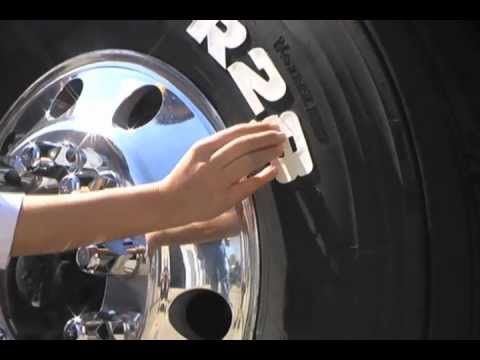 Start Peeling
Start PeelingUse the rounded tip of the trim tool to start peeling the adhesive off each sticker. It’s a good idea to start on the edges of each letter, as it’s often easier than going for the broader areas.
Also, avoid using the sharp edge of the trim tool. Doing so may scratch or poke your tire, causing it to deflate.
Sometimes the stickers won’t come off completely with the trim tool. If so, remove the leftovers from the tires with the pliers.
You may also use the pliers instead of the trim tool. But the trim tool often provides better control than the pliers.
Use the flat side of the plastic scraper to remove the adhesive left behind by each sticker. You can apply more pressure with the scraper than with the pliers or trim tool. But take note that it can be quite tedious to remove the adhesive from the rubber surface.
You can use a 60- or 80-grit sandpaper to remove leftover adhesive that you found challenging to remove with the plastic scraper.
However, it’s important to pay attention to your sandpaper usage. Otherwise, the rough material may remove the traction in your tires, which puts you and your passengers at risk of on-road accidents and injuries.
Check out this plastic scraper tool on Amazon.
You can also watch the video below to see a visual guide on the steps mentioned above:
Take note that the work needed to remove stickers from tires often depends on the material's dimensions. Check out our post on how wide tires are on average to help you gauge the effort required to remove tire stickers.
Before continuing this procedure, it’s important to note that you’re about to use fairly harsh chemicals. So make sure that you’re wearing safety equipment, such as nitrile gloves and safety glasses, to prevent these products from coming into contact with your skin directly.
Also, ensure that you’re working in a well-ventilated area. Aside from wearing a respirator or face mask, open the windows and turn on the fans in the area. Otherwise, work outside to avoid inhaling noxious fumes for extended periods.
After finishing the preparations, here are the steps to remove painted lettering from your tires:
Apply the citrus stripping gel over the lettering. Use a paintbrush if needed to spread the product to the desired areas. Then, let the solution sit for at least 5 minutes.
With the brass brush, use a reasonable amount of pressure to get rid of the strip-covered lettering. It should only take a little effort with this tool to remove the paint. If it doesn't, you either need to let the product sit longer or you may have to apply more of the solution.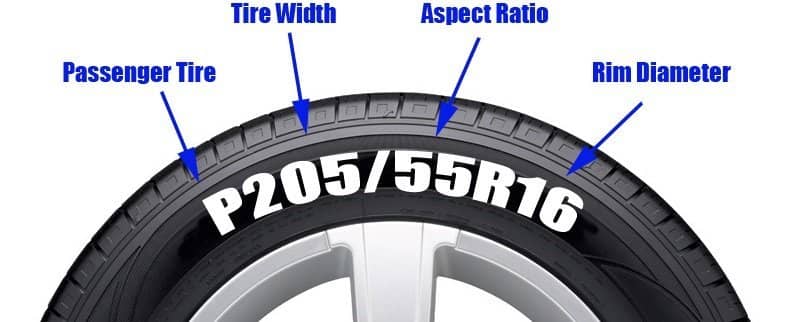
Don't worry if the paint-stripping solution isn't removing all of the lettering. Use the brush to remove as much of the paint as you can. Also, don't apply more force than necessary or you'll risk puncturing the tire.
Brushing the citrus stripper with the brass brush should leave behind residue. Clean this leftover with one of your microfiber towels. Doing so should also remove more of the paint from the tire’s surface.
At this point, some paint might still be in the corners on the outlines of each letter. Scrape that leftover paint with the nylon brush. Again, only apply the necessary pressure with this tool to avoid scratching or piercing the tire’s material.
Once you feel satisfied with the removal, clean the stripped location with the all-purpose cleaner. Use the nylon brush to remove any leftover paint and stripping solution from the surface. Then, wipe this solution off with another clean microfiber towel.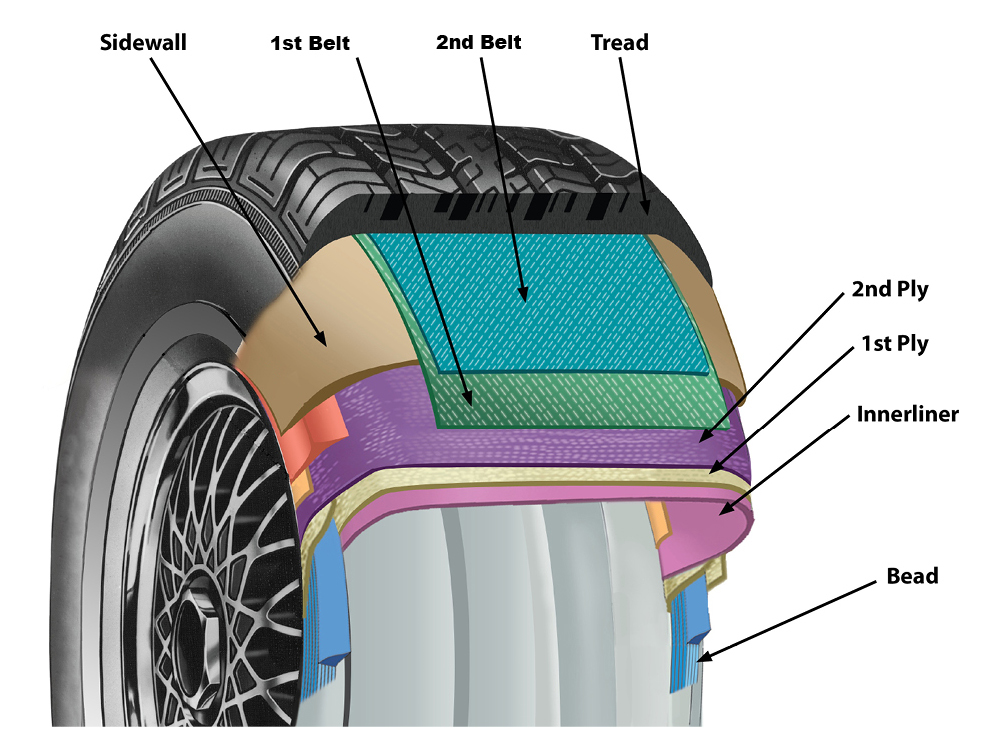
Check out this product on Amazon.
You may also check out this video to see a visual representation of the steps mentioned above:
You might also be thinking about replacing your old tires with white lettering with a set that’s devoid of graphics, particularly for your Mazda 3. If so, check out some of the best tires for that car for some excellent candidates.
Aside from the direct removal of tire lettering, you may also choose to hide the design by painting the material. If you wish to proceed with this job, here are the steps to complete it:
 Then, use that to clean the tires.
Then, use that to clean the tires.Check out this tire dressing on Amazon.
The video below will help you see this procedure in action:
Tire lettering, particularly stickers, may last up to 1,000 miles under standard daily driving conditions. However, you might expect the lettering on tires to only last about 150 miles if used on a race track frequently.
However, some tire letter stickers can last up to 40,000 miles. This high-quality lettering may not even fade over time.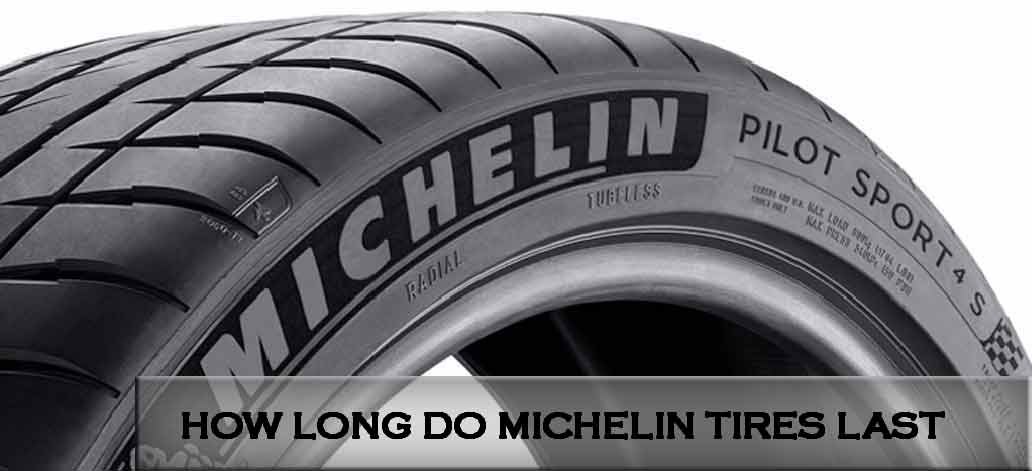 But expect to pay more than what you’d spend to purchase standard tire stickers if you want to buy quality lettering.
But expect to pay more than what you’d spend to purchase standard tire stickers if you want to buy quality lettering.
Professional labor costs to install tire lettering may range from $159 to $199 per set. Although car owners may choose to apply the lettering themselves, taking advantage of expert help might provide peace of mind and minimize the risks of errors.
You may spray paint tires, although it’s not advisable to do so because spray painting isn’t typically ideal for coating rubber material, especially car tires. If you spray paint tires, it might result in unsightly cracking.
Check out the video below if you find it interesting to see the results of spray painting tires:
It boils down to preference. Some car owners don’t mind the white lettering on their tires. On the other hand, certain members of the automotive community aren’t keen on seeing white letters on tires.
On the other hand, certain members of the automotive community aren’t keen on seeing white letters on tires.
Remove white lettering stickers from your vehicle's tires by peeling them off their surfaces. On the other hand, use a reasonably safe-to-use paint stripper, like a citrus stripping solution, to remove white tire lettering paint. Otherwise, you may also choose to cover white tire graphics with tire dressing.
I don't think you can remove the white raised lettering on the Bridgestone Duelers can you? I'm not really a fan of the White lettering. But I really don't want to go out and buy a new set of tires just because of that. Any suggestions for blacking them out? Sharpie? Paint? Anything that may last?
But I really don't want to go out and buy a new set of tires just because of that. Any suggestions for blacking them out? Sharpie? Paint? Anything that may last?
Have a tire shop swap the tires around so the white letters face inward. If you're that worried about the appearance, then you won't be satisfied with markers and paint.
Get a wire wheel and go to town on white letters until top coat is gone lol lightly
Dontfront82 said:
Get a wire wheel and go to town on white letters until top coat is gone lol lightly
Click to expand.
..
Sir, put the bong away!
It'll cost you about a buck or a buck fifty to get them dismounted, remounted and balanced.
Wire wheel, cut the letters off, magic markers....you guys are a trip.
Last edited:
spaightlabs said:
It'll cost you about a buck or a buck fifty to get them dismounted, remounted and balanced.

Where wheel, cut the letters of, magic markers....you guys are a trip.
Click to expand...
That’s the best way to do it is have them remounted with the white letters on the inside.
Sent from my iPhone using Tapatalk
I always have all of my tires mounted with the white facing the inside.
Are they directional tires? If not putting letters to the inside shouldn't be a problem. Any tire shop can do this for u
Any tire shop can do this for u
I was gonna suggest a flap disc
stepbill said:
I always have all of my tires mounted with the white facing the inside.

Click to expand...
Given the option, I'm the exact opposite, lol
Option 1) leave white letters out, you will either get use to them, wear the tires out and replace with new tires without white letters.
Option 2) unmount and face white letters inside, black facing out. Probably cost $20 -$30 per wheel or so to remove, remount and rebalance.
Shouldn’t be that difficult a decision. Enjoy your new RAM!
As mentioned, best option is get them flipped to black side out at tire shop.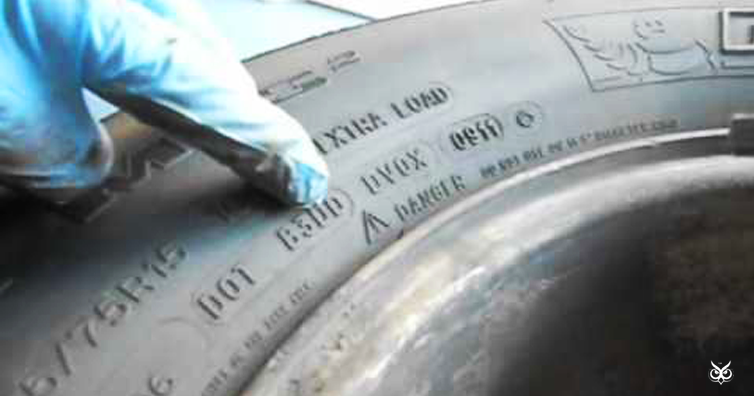
I don't think the white is easy to remove either, the white color is deep in the rubber from the tires I've seen, they won't just rub or brush out.
Just rub against a low curb (to not hit the rims)...that should do it...
In case anyone's taking these wire wheel suggestions seriously
swarggs said:
The white lettering is actually a layer of white rubber all around the tire that is only exposed at the lettering.
That's why when you rub a tire against a curb repeatedly the scuffs turn white. So taking a razor blade to it won't solve your problem. If anything, it'll make the white letters wider and uglier.
Sent from my SM-G960U1 using Tapatalk
Click to expand...
swarggs said:
In case anyone's taking these wire wheel suggestions seriously
Click to expand...
I figured that was the case, I know one of the recommend cleaning methods to clean the white lettering is either acetone or a wire brush. If it was just paint, that would actually remove the white lettering instead of cleaning it.
If it was just paint, that would actually remove the white lettering instead of cleaning it.
FYI- for those interested, my dealer is rotating my tires for $100 to put the white lettering on the inside. The ratio of $ to "smiles per mile" left on the tires is well worth it to me. I tried using a paint pen, but it only lasted a week or two.
seribralcrow said:
FYI- for those interested, my dealer is rotating my tires for $100 to put the white lettering on the inside.
The ratio of $ to "smiles per mile" left on the tires is well worth it to me. I tried using a paint pen, but it only lasted a week or two.
Click to expand...
That's the best way to solve the problem is to turn the white lettering to the inside unless you want to buy new tires.
Sent from my iPhone using Tapatalk
A lot depends on the right choice of shoes for a car. When deciding to buy a kit, you can be guided by various comparative tests. However, it is worth remembering that their characteristics must correspond to the operating conditions. In this case, the information indicated in the marking on the sidewall of the tire will help. Such inscriptions on the tire indicate the size of the product and its technological characteristics. Below we will decipher the symbols and try to figure out what the numbers and letters in the rubber marking mean.
Content:
Obligatory designations and markings of tires are mandatory. So, on each tire, the manufacturer, the brand of the rubber itself and the size of the tires will be indicated. The designation of three numbers on the tires indicates the dimension of the wheel in inches, the width of the rubber and the height of the profile. The numbers are on the outside.
So, on each tire, the manufacturer, the brand of the rubber itself and the size of the tires will be indicated. The designation of three numbers on the tires indicates the dimension of the wheel in inches, the width of the rubber and the height of the profile. The numbers are on the outside.
We have a wheel with parameters such as 195 60 R16. This means that we have rubber in front of us, with a tread width of 195 mm. The second number is the ratio of the picture's height to width. The larger this parameter, the more “hooky” the rubber will be. This value is usually referred to as the profile index.
The third number is the inner diameter of the tire in inches. In general, a common mistake is that motorists purchase wheels without paying attention to some data on changes in external parameters. For example, size 185 65 r15 will differ in height from 210 65 r15 with the same bore diameter. The ratio of the profile to the width in our case can interfere with the installation of tires on the car. This factor should be understood and taken into account. And a special calculator will help you correctly calculate the size of the tires.
This factor should be understood and taken into account. And a special calculator will help you correctly calculate the size of the tires.
Tire manufacturers also supply all tires with a speed index without fail. This sign can be found immediately after the wheel size indicator. It tells you how fast you can travel on the roads. A table that deciphers the speed index of passenger car tires will help to read this sign correctly.
| Tire speed classification | |||||||||
|---|---|---|---|---|---|---|---|---|---|
| Designation | N | P | Q | R | TU | HV | |||
| Speed | 140 | 150 | 160 | 170 | 180 | 1 | 200084 | 210 | 240 |
Immediately after the speed index on the tires of the car there is an index of the permissible load on each wheel. For example, tire marking contains an indicator of 88t. This indicates that the machine can travel at a maximum speed of 190 km / h, and the maximum allowable load on each wheel is 560 kg.
For example, tire marking contains an indicator of 88t. This indicates that the machine can travel at a maximum speed of 190 km / h, and the maximum allowable load on each wheel is 560 kg.
Certain tires may be marked with the letters XL or the words Reinforced. This marking is usually awarded to tires, the load index of which is higher than standard values. If the number 88 is written on the sidewall of an xl or extra load tire, then 3 should be added to the value. decipher this indicator as 91 or 615 kg per wheel.
| Number | load in kg one wheel for cars |
|---|---|
| 60-70 | 250-335 |
| 71-80 | 345-450 |
| 81-90 | 462-600 |
| 91-100 | 615-800 |
| 101-110 | 825-1060 |
| 111-120 | 1090-1400 |
| 121-129 | 1450-1850 |
American tire manufacturers resort to a different tire marking. The first one is very similar to the European one, only before the dimension there are additional letters P - passenger, LT - light truck or T - truck. For example, 185 r14c P means that this is a wheel with a tread width of 185 mm, a diameter of 14 inches and designed for passenger cars.
The second classification system for its products is quite different. If the European system measures the dimensions of car tires in millimeters, then the American system measures in inches. However, it is quite easy to understand. For example, there are numbers on tires 27*11*r15. The first number is the outside diameter of the tire, the second number is the tread width, and the last number is the inside diameter.
To facilitate the mounting of wheels on rims, manufacturers sometimes equip additional color marks that carry their own information. How to decipher such icons - below.
How to decipher such icons - below.
Occasionally, a yellow dot or triangle can be found on tires that indicates the lightest spot on the tyre. When mounting, it is necessary to align the mark with the heaviest part of the disc to facilitate balancing.
Additional tire parameters include red circle or triangle symbols that can be found on the sidewall of the rubber. This is the designation of the most rigid place of the tire wall. It must be aligned with the “L” mark on the disc.
A white stamp with a number located on the outer sidewall bears information about the inspector who carried out the final "acceptance" of the goods.
Some tires have radial colored stripes. They help to identify tires of certain brands in the store, quickly look for them in the warehouse. Sometimes the color of the strip indicates the date of issue or the country of manufacture, and also indicates the passage of a run-in.

Many passenger tires have additional markings in addition to the designation of the model and type of tread:
 The wheels must rotate in the direction indicated by the arrow;
The wheels must rotate in the direction indicated by the arrow;
It is also worth understanding what the seasonal badges on the wheels mean.
Next to the place of the wheel size there are four more digits indicating the date of manufacture of the kit. Reading it is quite simple if you understand the calendar. The first two digits are the serial number of the week, and the second are the year of production. That is, the number 4215 indicates that the kit was produced on the 42nd week of 2015.
Reading it is quite simple if you understand the calendar. The first two digits are the serial number of the week, and the second are the year of production. That is, the number 4215 indicates that the kit was produced on the 42nd week of 2015.
New cars > Tires >
Almost all new tires have markings in different colors. Some people just don't pay attention to them. Others, on the contrary, attach great importance to such marks. Few people know what the multi-colored marks really mean. Let's try to understand and understand which of the existing versions are myths and which are real.
Contents
What marks are found on tires and what they mean
Yellow label
Red label
White label
Stamp with numbers
insideColorful stripes
Video: what do the labels on tires
meanComments by amateurs and experts
There are several main theories that explain the origin of the colored marks on new tyres. Some people believe that these are technological tags that the consumer should not be interested in. Others are sure that this is the designation of defective products or those that have not passed quality control. Let's see which one is right.
Some people believe that these are technological tags that the consumer should not be interested in. Others are sure that this is the designation of defective products or those that have not passed quality control. Let's see which one is right.
If you think logically, you can come to the conclusion: making marks with paint, the manufacturer understands that during operation they will quickly be erased. Therefore, the information that the multi-colored labels on the tires convey is of temporary importance and is important until the first tire fitting.
Most often, the manufacturer makes small round dots with a diameter of 10-15 mm on the side surface of the tire. Their color is usually white, yellow or red. There may be triangles instead of dots, but they have the same meaning.
The area with a round or triangular yellow mark on the side of the tire is the weakest and least protected.
The yellow mark on the bar indicates the weakest and least protected point.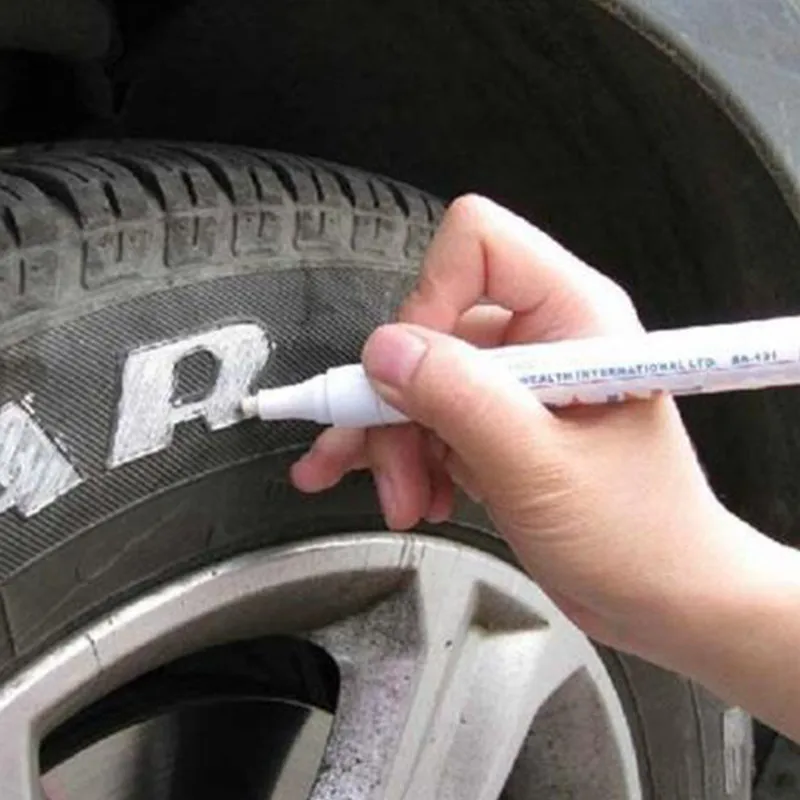
This information is important when mounting the bar. The disk has a designation in the form of the letter L, indicating the weakest point of the disk. Proper tire positioning means placing the mark on the rim on the opposite side of the yellow dot on the tyre. The yellow mark is combined with the heaviest place on the disk, i.e. the nipple. This is done so that in the event of a strong impact, simultaneous damage to the tire and disk does not occur.
If the yellow mark indicates the weakest point on the tyre, then the red mark indicates the strongest. In scientific terms, it is applied at the location of the maximum radial force deviation (RFV). During the installation, you must place a red mark next to the designation on the disk in the form of the letter L.
The red mark indicates the strongest point of the tire
To understand why the tire develops weak and strong points, it must be taken into account that the process of its creation is complex and time-consuming. To obtain the most ideal shape, the tire is made of several layers.
To obtain the most ideal shape, the tire is made of several layers.
Very rarely the red mark is not opposite the yellow one. When mounting tires, it is important that the yellow mark is located at the maximum distance from the weakest point on the disk.
Red and yellow marks placed opposite each other
Tire can be painted on the side with a filled white dot or dotted. Do it in the most flexible place. The white mark indicates the location where the radial force deviation will be the smallest.
The white mark indicates the place where the deviation of the radial force will be the smallest
It is not always the yellow and white marks on the tire at the same time, but you need to consider that they mean about the same thing. When carrying out the installation, it is necessary to rely precisely on the location of the yellow dot, but if it is not there, we place the white mark at 180 o from the letter L.
If in the previous cases the color of the marks mattered, then the stamp can be of any color. There are yellow, blue, white stamps, this does not affect the information they carry.
There are yellow, blue, white stamps, their color does not affect the information they carry
The meaning is not the color, but the number that is written inside. Such a mark indicates that the tire has been tested at the factory and corresponds to the declared quality, and the number indicates the inspector who conducts this test. For an ordinary consumer, such information may be needed only if a marriage is detected. With the help of a stamp, it will be possible to find a person who missed the sale of a defective product.
Tire stripes of various colors can be applied. They are needed to make it easier to find tires in stock. Since the tires are stored vertically, the strips help the manufacturer's warehouse staff to distinguish the release date and other information without removing them from the rack.